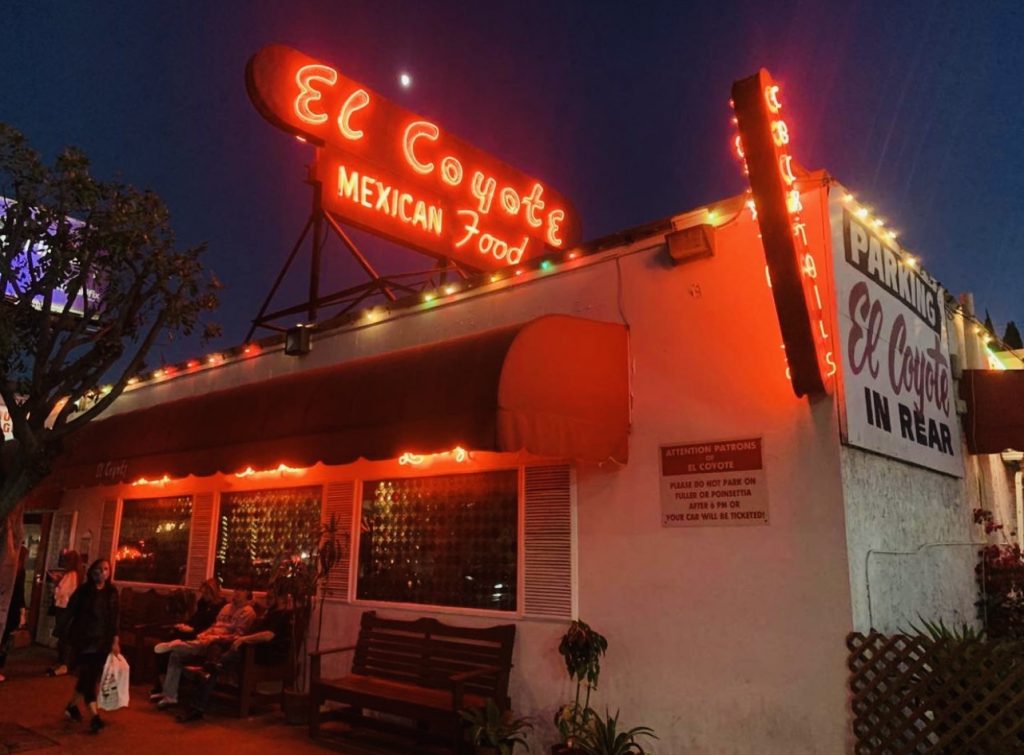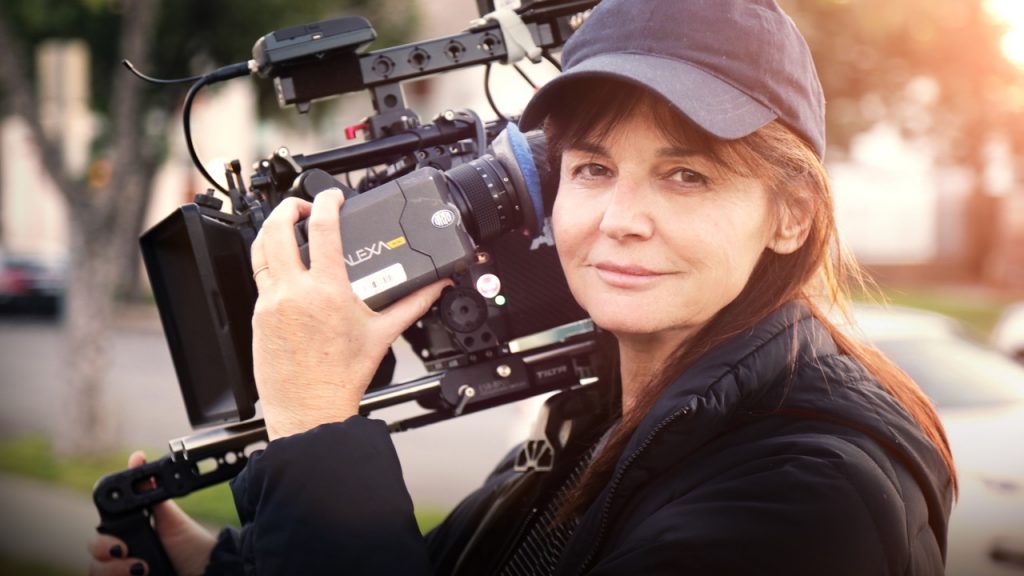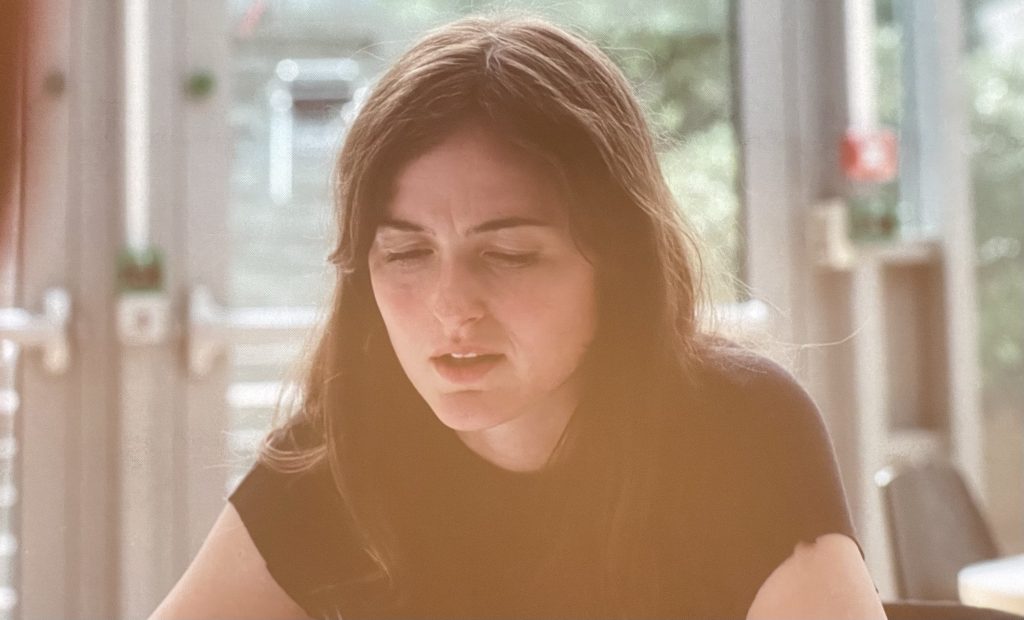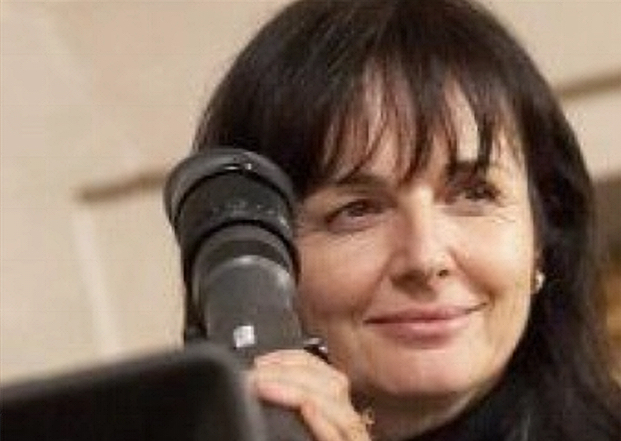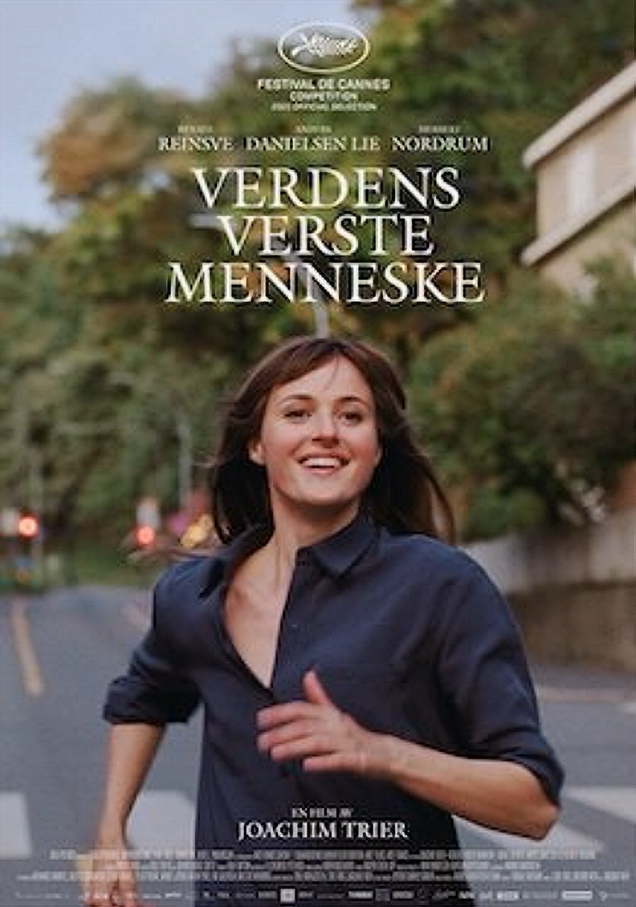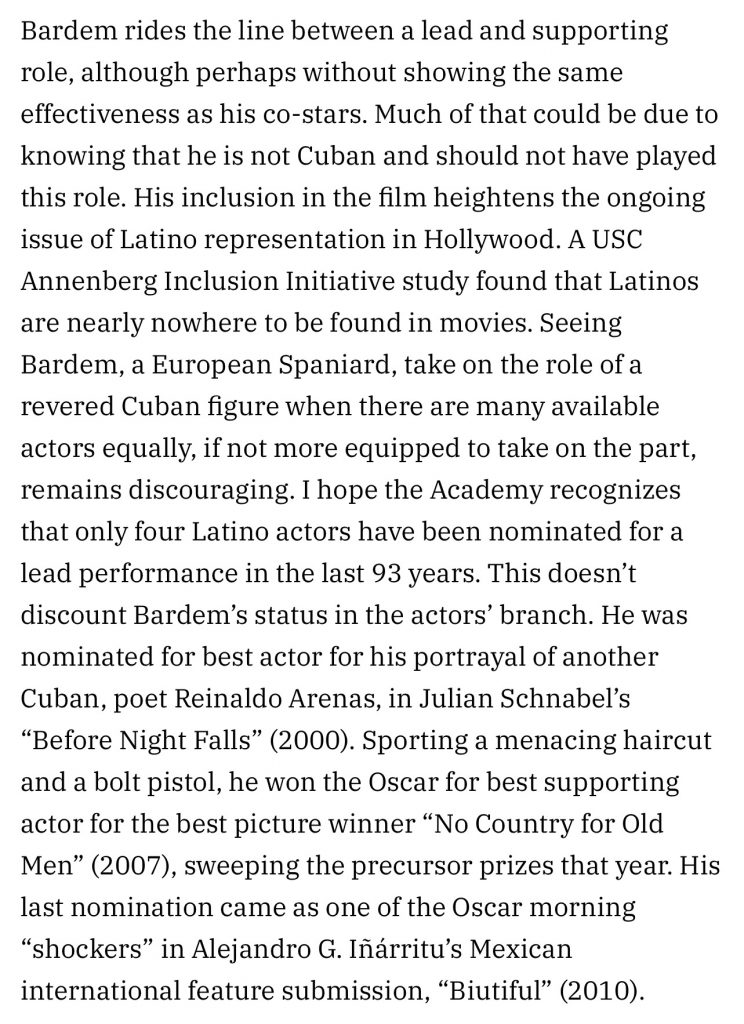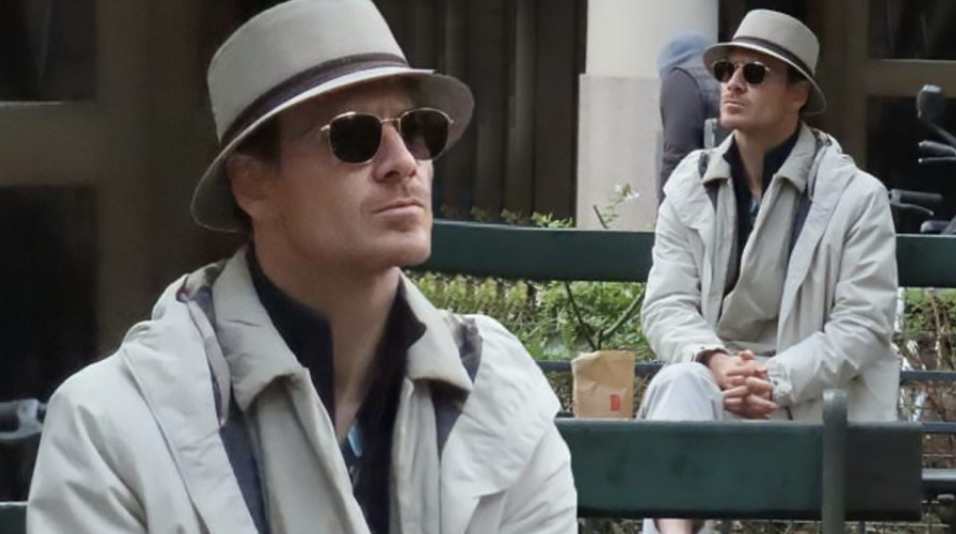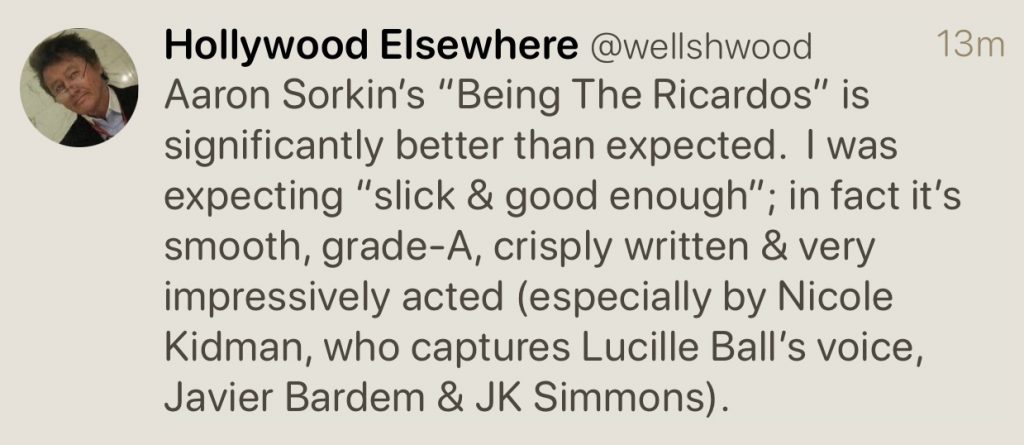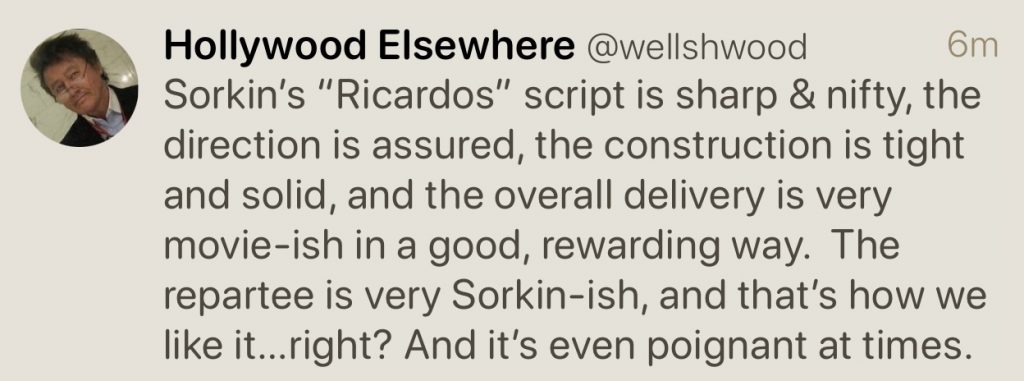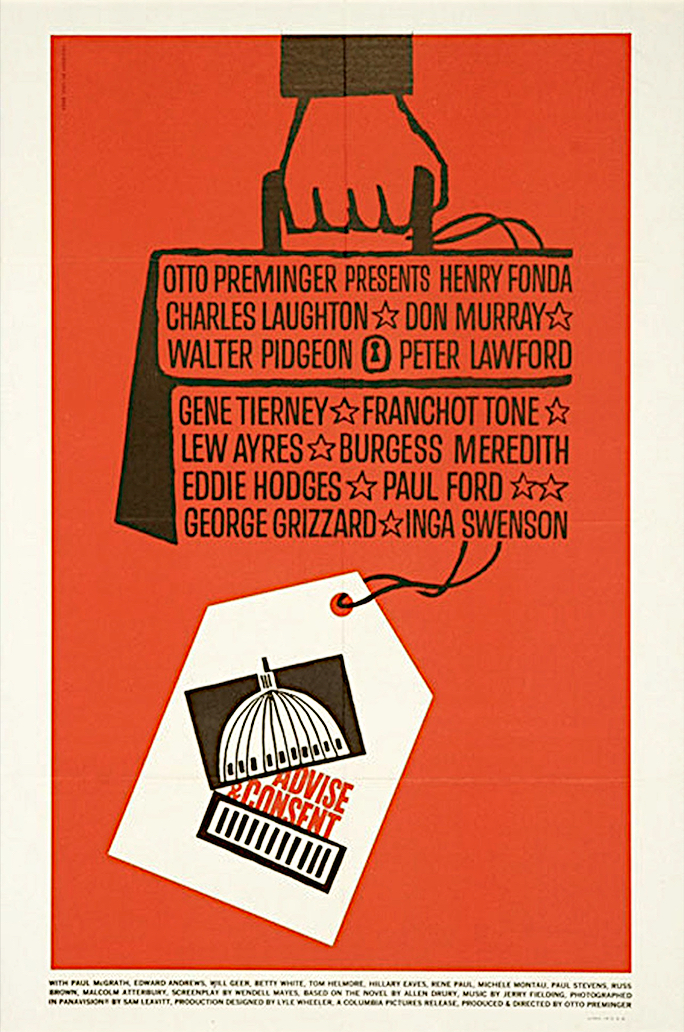The still-unnamed granddaughter (I’ve been urging Hadlee or Wave) is expected to emerge four days hence (Thursday, 11.18). HE will fly to NYC on 11.26 and pay a visit a few days later. I’ll be in the NYC, New Jersey and Connecticut region for 16 days.
All my life I’ve been an existential mystical jazz cat samurai poet warrior Bhagavad Gita mescaline X-factor rumble-hogging be-bop Dharma Bum in a leather motorcycle jacket, slim jeans, Italian brown suede lace-ups and a black cowboy hat. In just a few days all of that will take a back seat to “don’t drop the baby, grandpa” and “you remember how to change diapers, right?”
